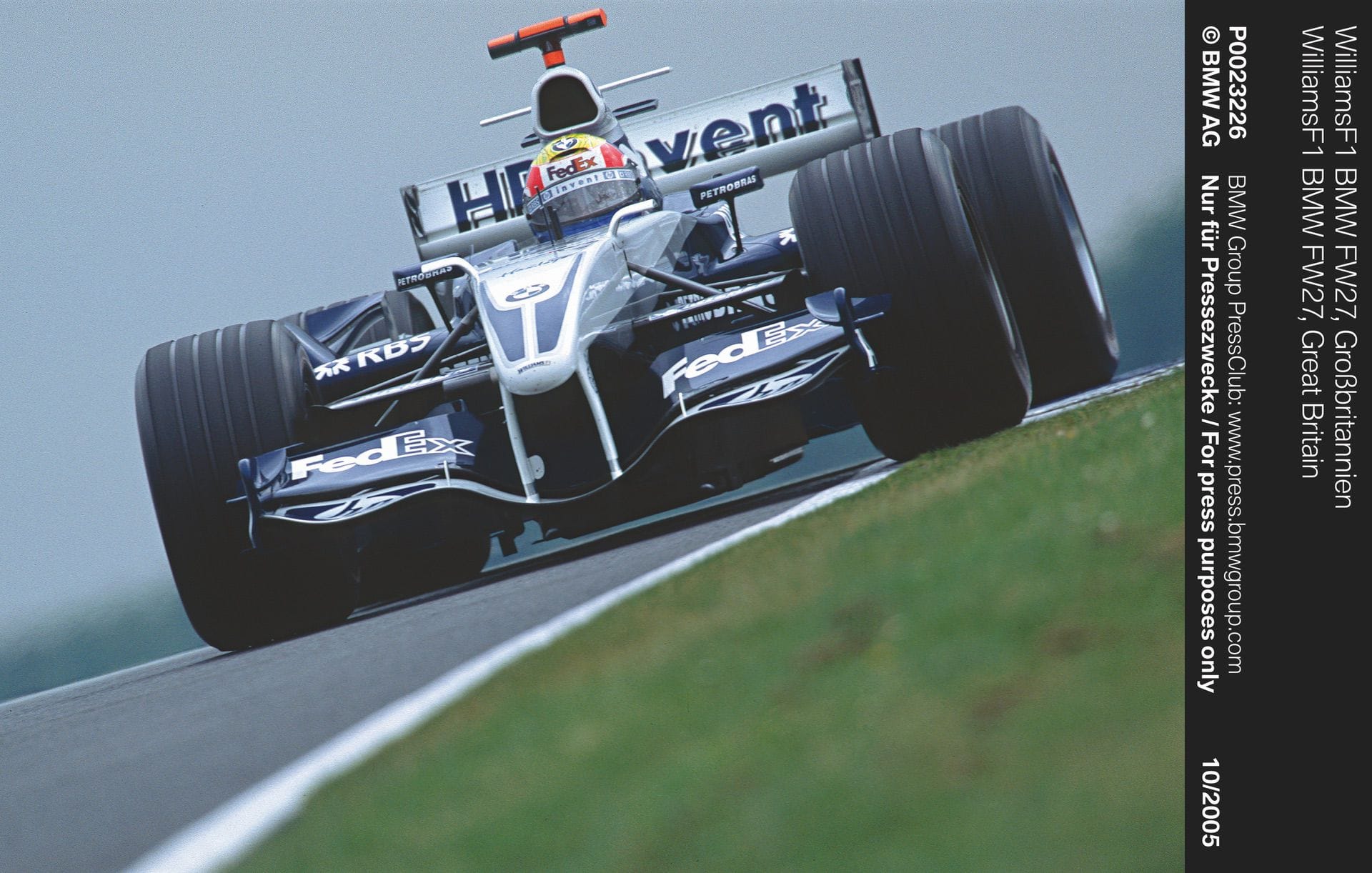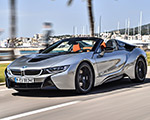Each year, the Concorso d’Eleganza Villa d’Este gives us a glimpse into BMW’s most exclusive design thinking. But in 2025, we brought something else to the table: a conversation on the intersection of engineering, design and racing.
BMWBLOG hosted its annual design talk on the shores of Lake Como, this year titled “Born on the racetrack; Made for the streets.” Joining us on stage were BMW M CEO Frank van Meel, Head of BMW Design Compact Class and BMW M Oliver Heilmer, and BMW factory driver Augusto Farfus. Over the course of an hour, the panel covered everything from the future of M design to race-bred tech in road cars. But one question—submitted by a fan from the BMWBLOG community—struck a nerve: “Formula 1 is bigger than ever. Why is BMW still ignoring it?”
Van Meel didn’t duck the question. He smiled, paused, and offered the kind of direct response you don’t always get in a corporate setting. “We’re not ignoring Formula 1,” he said. “We’re just not participating. That’s on purpose.”
F1 Is Flashy. But Is It Useful?
On paper, the idea of BMW returning to Formula 1 is a no-brainer. The brand has deep roots in the sport—think Brabham in the 1980s, or the BMW Sauber era in the 2000s. A Roundel on the F1 grid next to McLaren, Ferrari, Mercedes, or next year’s Audi, would thrill fans and stir up nostalgia. But nostalgia alone doesn’t justify a multimillion-euro motorsport program.
Instead, BMW has chosen to focus on endurance racing. The brand returned to the top class of sports car racing in 2024 with the BMW M Hybrid V8, competing at Le Mans, Daytona, and across the FIA World Endurance Championship. It’s a different path—quieter in some ways, but far more relevant to the road cars customers actually drive.
“For us, the World Endurance Championship was the place to go,” van Meel explained. “Those cars are simply closer to what we build for the road.”
Why Endurance Racing Matters More to BMW
Van Meel laid it out clearly. F1 is an engineering showcase, yes—but it’s also a silo. The ultra-specific technologies developed for Formula 1 rarely make it out of the paddock and into the showroom. That’s not the case in endurance racing, where the hybrid systems and thermal management strategies are often just a few steps removed from what BMW M is engineering into its production models.
“From Formula One, to learn things and transfer them to series-production cars is almost impossible. It’s too far away,” he said.
In contrast, the challenges of 24-hour racing—extreme temperatures, long-distance durability, energy recovery—mirror what BMW engineers are working on for next-gen M cars. The proof? Just look at the new M5. Frank and Augusto said they learned a lot about how a hybrid drivetrain behaves in grueling conditions.
Racing With Purpose, Not Just for the Podium
BMW’s racing philosophy has always leaned practical. Even in its most dominant motorsport eras—whether DTM, GT3, or ALMS—the goal wasn’t just to win, but to learn. That spirit is alive in LMDh today. And for BMW M, that’s more valuable than chasing headlines on Sunday afternoon.
“We’re not racing just for marketing,” van Meel said. “Of course we use it for marketing, but it’s not just that. It has to connect to the real cars, to what people can buy. That’s why LMDh is simply the better fit.”
So, is a return to Formula 1 off the table forever? Who knows. But for now, BMW is making it clear: racing is a laboratory, not a spectacle. And WEC offers the kind of feedback loop F1 simply can’t. That said, we’ve heard that Formula 1 has come up in BMW’s high-level discussions nearly every year for the past decade.”
Stay tuned—our full video of the Villa d’Este design panel will be out soon, including more insights on BMW M design, the philosophy behind the M2 CS, and how BMW M is evolving in the electric era.








































































